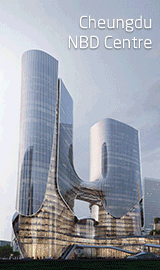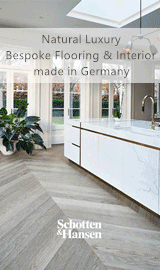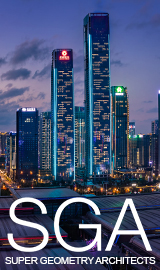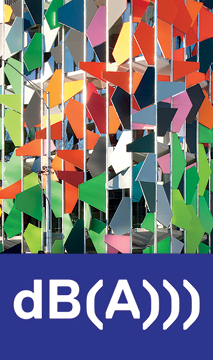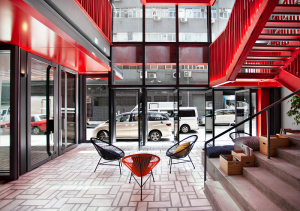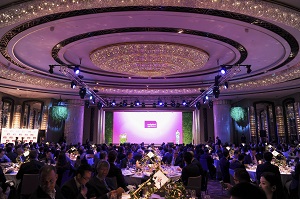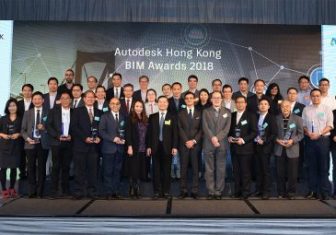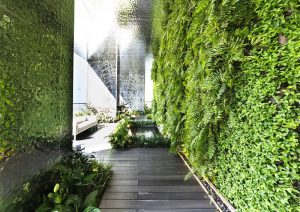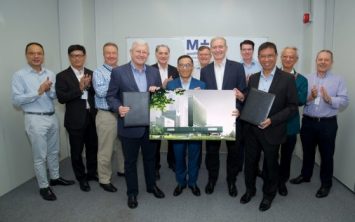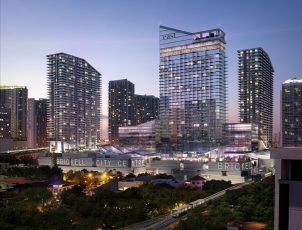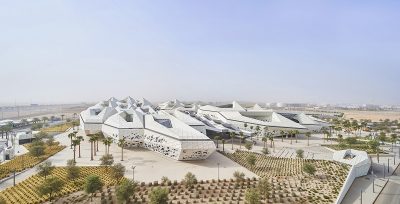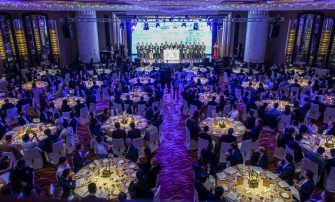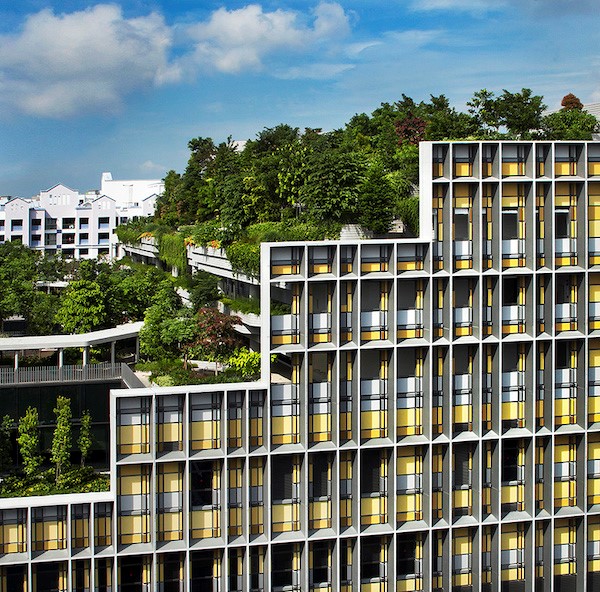
World Building of the Year Winner: Kampung Admiralty in Singapore by WOHA Architects Image credit: Patrick Bingham-Hall, Darren Soh, Lim Weixiang Image credit: Patrick Bingham-Hall, Darren Soh, Lim Weixiang
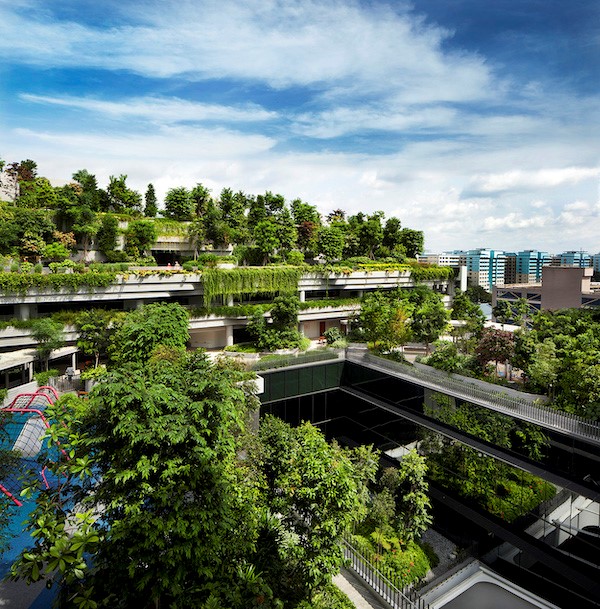
World Building of the Year Winner: Kampung Admiralty in Singapore by WOHA Architects Image credit: Patrick Bingham-Hall, Darren Soh, Lim Weixiang
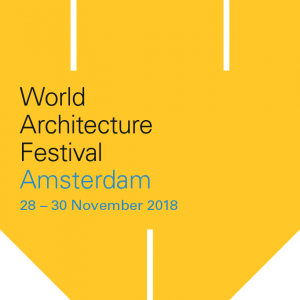 Kampung Admiralty, designed by WOHA, has won the prestigious World Building of the Year 2018 award, supported by GROHE, at the World Architecture Festival (WAF) in Amsterdam. The substantial mixed-use building is Singapore’s first integrated public development that brings together a mix of public facilities and services under one roof.
Kampung Admiralty, designed by WOHA, has won the prestigious World Building of the Year 2018 award, supported by GROHE, at the World Architecture Festival (WAF) in Amsterdam. The substantial mixed-use building is Singapore’s first integrated public development that brings together a mix of public facilities and services under one roof.
The one-stop integrated complex maximises land use and is a prototype for meeting the needs of Singapore’s ageing population. Located on a tight 0.9Ha site with a height limit of 45m, the scheme builds upon a layered ‘club sandwich’ approach, with a range of commercial, residential and health space amid amenities and community services, topped by extensive green terraces adorning various elevated spaces.
This is the third time that a project from Singapore has claimed the top prize at the ‘Oscars of Architecture’, following Cooled Conservatories at Gardens by the Bay, designed by Wilkinson Eyre, Grant Associates, Atelier One and Atelier Ten winning in 2012; and The Interlace by OMA and Buro Ole Scheeren winning in 2015.
Paul Finch, Programme Director of the World Architecture Festival commented: “The judges admired the project for the way in which it dealt with the universal condition of longevity and health treatments, social housing provision, and commercial space, which enabled substantial public realm benefits. This hybrid building also incorporates a huge amount of greenery (more than 100% of its footprint) in a series of layered levels which have generated welcome biodiversity.
“This is a project that does something necessary in an intelligent fashion from the way it connects to transport to its natural ventilation strategy, all benefitting from a decision to layer a series of buildings rather than separating them into separate tall blocks. The jury felt this was a project with potential lessons for cities and countries around the world.”
The winner was selected by a ‘super-jury’ of four venerated representatives of the global architectural community – comprising Li Xiadong (Founder and Professor – School of Architecture, Li Xiadong & Atelier Tsinghua); Nathalie de Vries (Director and Co-founder – MVRDV); Frederick Cooper Llosa (Founder and Senior Partner – COOPER, GRANA, NICOLINI, Arquitectos) and Lesley Lokko (Head of Graduate School of Architecture – University of Johannesburg).
The World Building of the Year and a range of other top awards and prizes were announced this evening at a glamorous gala dinner for over 900 international architects at the Beurs van Berlage in the centre of Amsterdam. Paul Finch added “2018 has been our most successful festival to date, and we look forward to returning to Amsterdam this time next year.”
The Future Project of the Year 2018, supported by ABB & Busch-Jaeger, which celebrates the best of the world’s unbuilt architecture, is Medellin River Parks / Botanical Park Masterplan, in Medellin, Colombia, by Sebastian Monsalve + Juan David Hoyos. Combining a strategic, long term masterplan with a forensic attention to experiential quality, this highly impressive project aims to reconceptualise and regenerate Medellin’s extensive river corridor. In this complex process of urban restructuring architecture is just one aspect within a network of initiatives yet architectural imagination clarifies and reframes the possibilities for civic renewal.
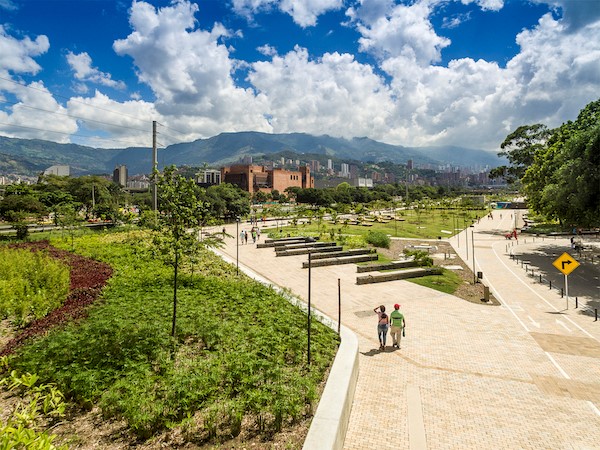
Future Project of the Year Winner: Medellin River Parks / Botanical Park Master Plan, Medellin, Colombia by Sebastien Monsalve + Juan David Hoyos
Image credit: Alejandro Arango
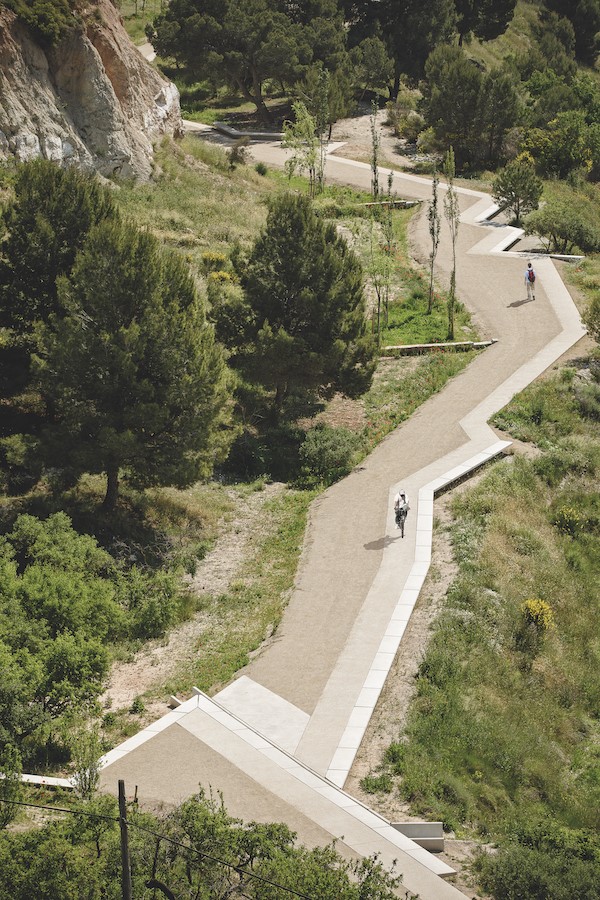
Future Project of the Year Winner: Medellin River Parks / Botanical Park Master Plan, Medellin, Colombia by Sebastien Monsalve + Juan David Hoyos
Image credit: Alejandro Arango
The festival’s jury was deeply impressed by the quality of strategic thinking and engagement and how this shaped a view of how urban spaces could be developed, used and inhabited. The judges felt that “by literally building bridges to connect disparate communities, it epitomises how architectural imagination can have an activist dimension, catalysing the social potential of the city.”
The prize was announced following lengthy deliberations by WAF’s Future Project super jury, comprising Carin Smuts (Founder, CS Studio Architects), Catherine Slessor (Contributing Editor, The Architectural Review), Paul Hyett (Principal, HKS Architects) and Christine Hawley (Professor, The Bartlett School of Architecture, UCL)
Landscape of the Year 2018 was awarded to Batlle i Roig Arquitectura for their Pedestrian Path along the Gypsum Mines project in Barcelona, Spain. The project aims at creating a set of pedestrian and bicycle itineraries in the form of a green belt on the perimeter of the city, and impressed the judges with a “poetic response using minimal means”, engendering a “process of observation, translation and transformation”. The jury also commended it for its innovative use of materials.
The Small Project of the Year 2018 was awarded to Camilo Moraes for Piedras Bayas Beachcamp in the Atacama Desert, Chile. The sustainable and itinerant tourism station is located in the untouched landscape of the coastal area of in northern Chile. Judges commended the architects, stating that “interesting project made the most of using local techniques and materials and creates a world that is conducive to the environment, whilst also forming a strong architectural definition.”
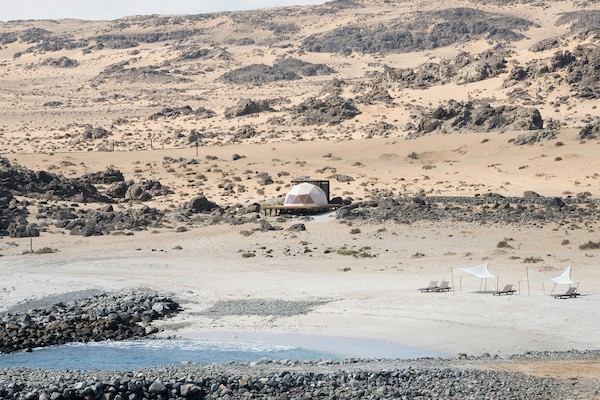
Small Project of the Year Winner:
Image credit: Alejandro Galvez & Cristina Ananias
The Use of Colour Prize, supported by Eastman, went to dePaor for their Palais Cinema project in Galway Ireland. The cinema’s interior is illuminated during the day by elegant painted glass windows, and at night these artworks bring lamination and colour to the street outside. Judges lauded the project as a “beautiful building [which] reveals itself like a magic lantern”, adding that “colour is completely integrated and critical to the conceptual design and experience of the building.”
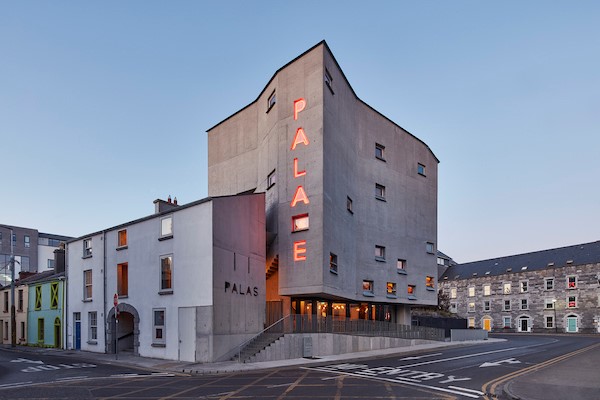
Best Use of Colour Winner: Pálás Cinema, Galway, Ireland by dePaor
Image Credit: David Grandorge and Peter Maybury Image Credit: David Grandorge and Peter Maybury
The Best Use of Certified Timber Prize, supported by PEFC, was awarded to Tzannes for their International House Sydney project in Australia. The category had an exceptional range of high-quality entries which made judging challenging. The winner’s innovative development of certified timber as a durable, sustainable and commercially viable material was deemed by the festival’s judges as “exemplary”. The judges also felt that “the architects have set new standards for future architectural solutions and workplace environments.”
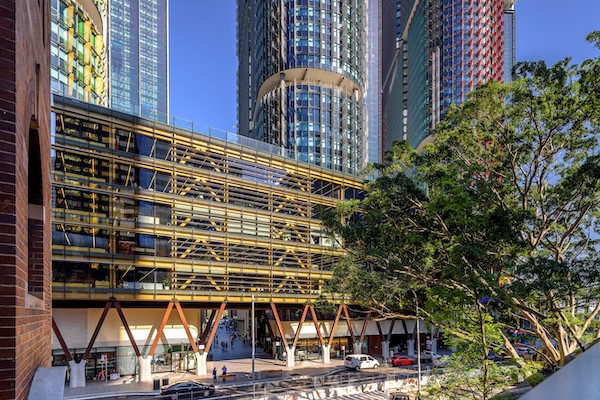
Best Use of Certified Timber Winner: International House Sydney, Australia by Tzannes Image Credit: Guthrie Project
The Glass Future Prize, supported by Guardian Glass, was won by Studio Gang for Tour Montparnasse in Paris, France. Originally developed for the international competition to redesign the French capital’s famous Tour Montparnasse tower, Studio Gang’s design transforms this monolithic skyscraper into a beautiful new landmark for twenty first century Paris. The jury was impressed by the project’s performance-driven design, which incorporates using wind as a driver to change the building’s massing, and also by its dynamic shading system.
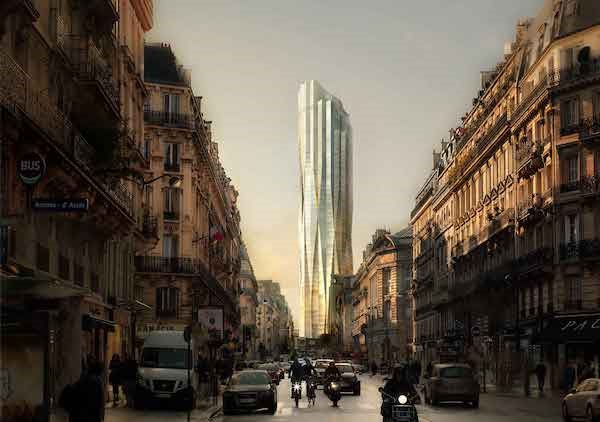
Glass Future Prize Winner: Tour Montparnasse, Paris, France by Studio Gang Image Credit: Studio Gang
The International VELUX Award 2018 for Students of Architecture was split into two categories: with the award for ‘Daylight in Buildings’ going to ‘Light Forms Juggler’ by a student from Kazan State University, and the award for ‘Daylight Investigations’ going to ‘Road to Light’ by students from the Tianjin University.” The overall theme for this year’s award was “Light of Tomorrow.” Launched in 2004, and awarded biennially, it seeks to challenge the future of daylight in the built environment by inspiring creative explorations on the themes of daylight in buildings and daylight investigations from the world’s leading future architects.
The annual display of shortlisted entries from the Architectural Photographer of the Year Award, now in its sixth year, was a focal point of this year’s Festival Hall, with delegates casting hundreds of votes for their favourite image during the Festival. This year’s prize was won by Pawel Paniczko from Stalybridge in Manchester, UK, with his photo of the Long Museum West Bund Shanghai, China by Atelier Deshaus. He has also won the Portfolio category with his pics of the Harbin Opera House, Harbin, China by MAD Architects. The organisers also recognised two mobile winners, with the judges’ winner being He Zhenhuan’s photo of an overpass in Chongqing, China and the public-voters’ winner being John Pinder’s Half Spiral, for his abstract photo of a spiral staircase.
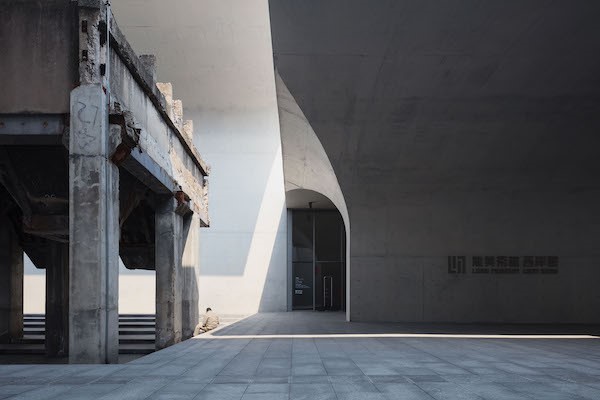
Architectural Photography Prize Overall Winner: Pawel Paniczko from Stalybridge in Manchester, UK, with his photo of the Long Museum West Bund Shanghai, China by Atelier Deshaus
An additional trio of prizes, which had previously been announced, were presented to recipients at this week’s event. Li Han, one of the founding partners of Drawing Architecture Studio in Beijing, has won the second annual Architecture Drawing Prize with his work entitled ‘The Samsara of Building No.42 on Dirty Street’. This project comprises a chronological visual narrative of the development of a residential building in Beijing, China between 2008 and 2017.
The inaugural Water Research Prize, supported by GROHE, was awarded to an innovative, community led water management system, designed by a team of students from Pontificia Catholic University of Peru (PUCP) and as a result of a wider research programme, Ciudades Auto-Sostenibles Amazónicas (CASA), coordinated by PUCP and UCL’s Development Planning Unit. The design captures, stores, and treats rainwater and inserts it into pre-existing water networks.
The overall WAFX Prize, awarded to future projects that identify key ecological and societal challenges which architects are actively seeking to address over the next ten years was won by Studio Gang, for its Beloit College Powerhouse Project in Wisconsin, USA. Transforming a former power plant into a student union and recreation facility, Studio Gang’s project seeks to replace an old model of energy with a new model to support the health and wellbeing of its many inhabitants.
For more details on the WAF and INSIDE Awards and the festival please visit:
www.insidefestival.com, www.worldarchitecturefestival.com
#WAF18 #INSIDE18 @Insidefestival @worldarchfest





